Hanfu’s Wu Sha Mao: A Cultural Icon
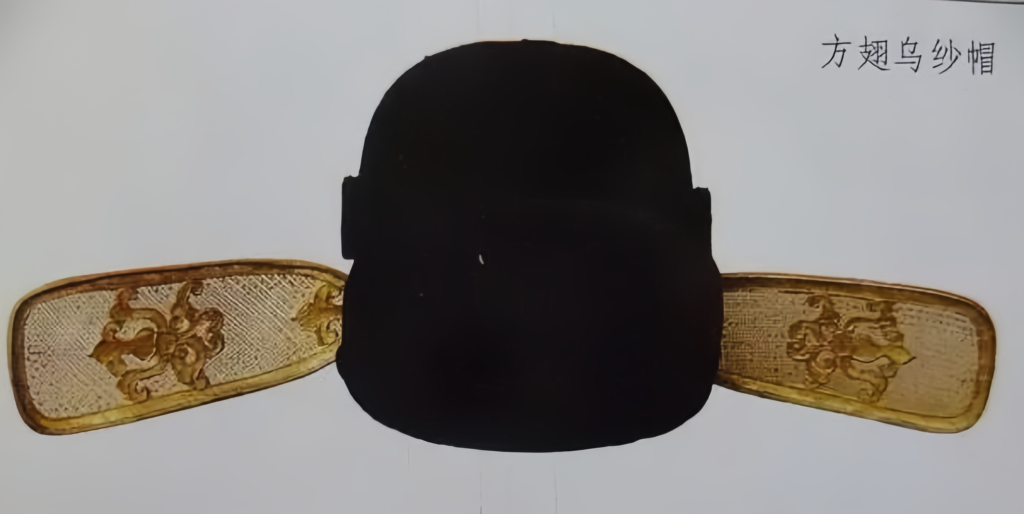
The Origin of the Wu Sha Mao
The Wu Sha Mao started as a common folk cap. Officials began wearing it in the Eastern Jin, but it became a formal “official uniform” part in the Sui Dynasty, peaked in Tang, and got “double wings” in Song. By Ming, it turned into a symbol of being an official.
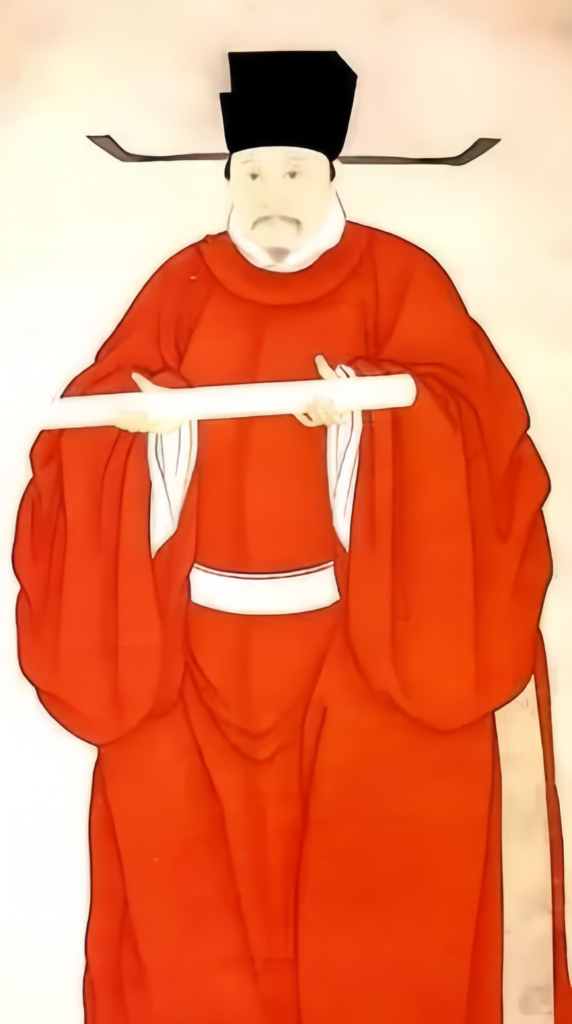
The Evolution of the Wu Sha Mao
Tang Dynasty – Just a Regular Hat
Originally a folk convenience hat, it popped up in Eastern Jin’s Jiankang (Nanjing) palace, made of black gauze for workers. It soon spread among the people. In early Sui, it was a hit, with jade decorations showing rank—nine for rank one, eight for two, seven for three, six for four, five for five, none below six. This dress code faded fast. By Tang, it was just an everyday cap. Ma Gao’s Zhong Hua Gu Jin Zhu • Wu Sha Mao from the Five Dynasties notes, “In the ninth year of Wude, November, Emperor Taizong decreed: ‘From now, the emperor wears a Wu Sha Mao, and all officials and commoners follow suit.’” Still a casual pick in Tang.

Song Dynasty – Added “Double Wings,” Still Casual
Early Northern Song saw someone tweak the Pu Tou into a gauze hat, earning the emperor’s praise, so officials had to wear it—sometimes the emperor too. Song Taizu Zhao Kuangyin, to stop whispering, added wings on each side. A head turn made them flutter, letting him spot chatter, with patterns marking ranks. Over a foot long, they bobbed while walking, so officials moved cautiously to protect them. Yet, in Song and Yuan, it stayed a common folk hat.

Ming Dynasty – Officially an Official Hat
Only in Ming did it become the official hat. Cao Lifang cites Ming Shi • Yu Fu San: “In the third year of Hongwu, regular court attire for civil and military officials was set as a Wu Sha Mao, round-collar shirt, and belt.” Even scholars like top graduates could wear it, making it a badge of office. Unlike the old folk “V”-shaped wrap, it mimicked Tang-Song Pu Tou—half-round top, raised back, sloped front-to-back, with side flaps, gauze-coated and lacquered for easy wear or removal.
Cao Lifang adds: “Though Ming made it an official hat—and ended it there, as Qing rulers ditched old uniforms for red tassel hats—it left a deep mark in our language. Today, we still link it to officials.”

Folk Tales of the Wu Sha Mao
Wang Xuren’s First Wu Sha Mao
Legend says the idea came from Southern Dynasties’ Wang Xuren. He crafted it for fun, wanting a unique hat, tying black gauze edges into China’s first. Wearing it on the street sparked curiosity and chatter.
Cheap and easy to make, its sleek style caught on. Song Shu • Wu Xing Zhi Yi records: “Early Ming, Situ Jian’an Wang Xuren made a Wu Sha Mao with reversed flaps, dubbed ‘Situ style,’ trending in the capital.”
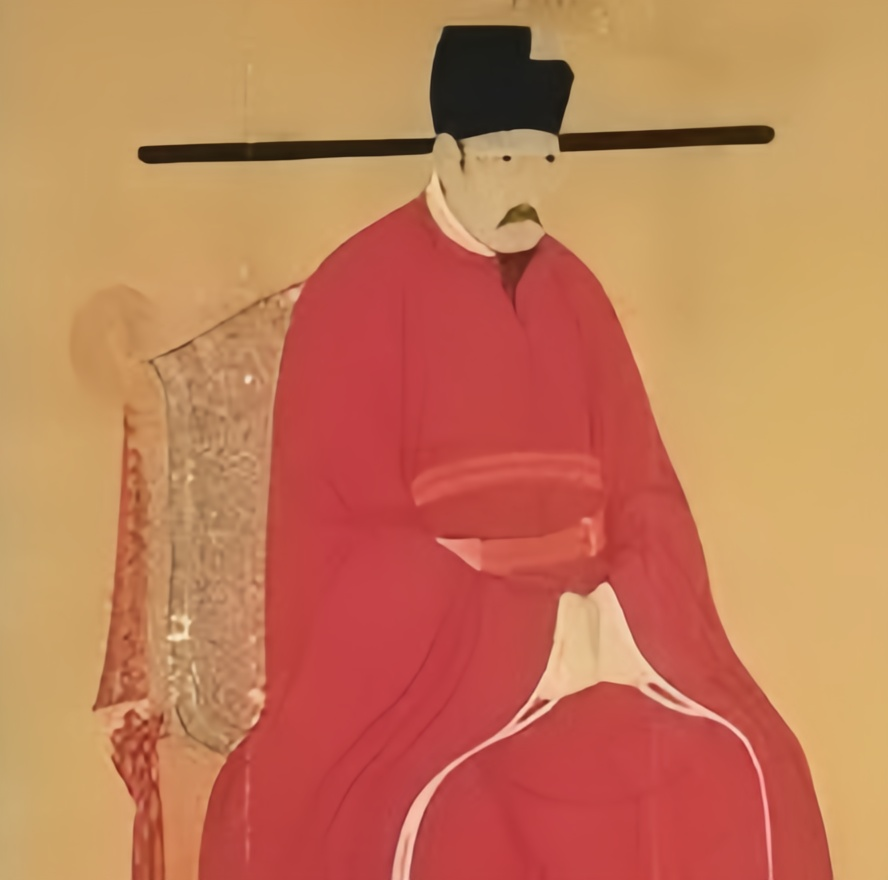
Poets and Writers Celebrate It
Many scholars penned poems about the Wu Sha Mao.
Cao Lifang notes: “Tang poet Bai Juyi often mentioned it, showing its uses.” In Gan Jiu Sha Mao, he writes, “Once your Wu Sha Mao, now a gift to this white-haired friend.” In Tong Zhu Ke Chao Xue Zhong Ma Shang Ji, a songstress rocks “a silver comb steadying a Wu Sha Mao, perfect for a swift horse”—proving its versatility.
Song’s Lu You in Tan Mei says, “Better to pierce my Wu Sha Mao than lose the golden boat.”
Yuan’s Zhong Sicheng’s Zui Tai Ping • Luo Po depicts a down-on-luck scholar in “a half-new faded Wu Sha Mao, a half-long yellow hemp coat, a half-tied black sash, a broke romantic tutor.”
Ancient works like Shui Hu Zhuan describe Scholar Xiao Rang in “Wu Sha Mao, white robe,” while Xi You Ji (Chapter 8 appendix) has a lady tossing a ball hitting Guangrui’s Wu Sha Mao, smitten by the new scholar.

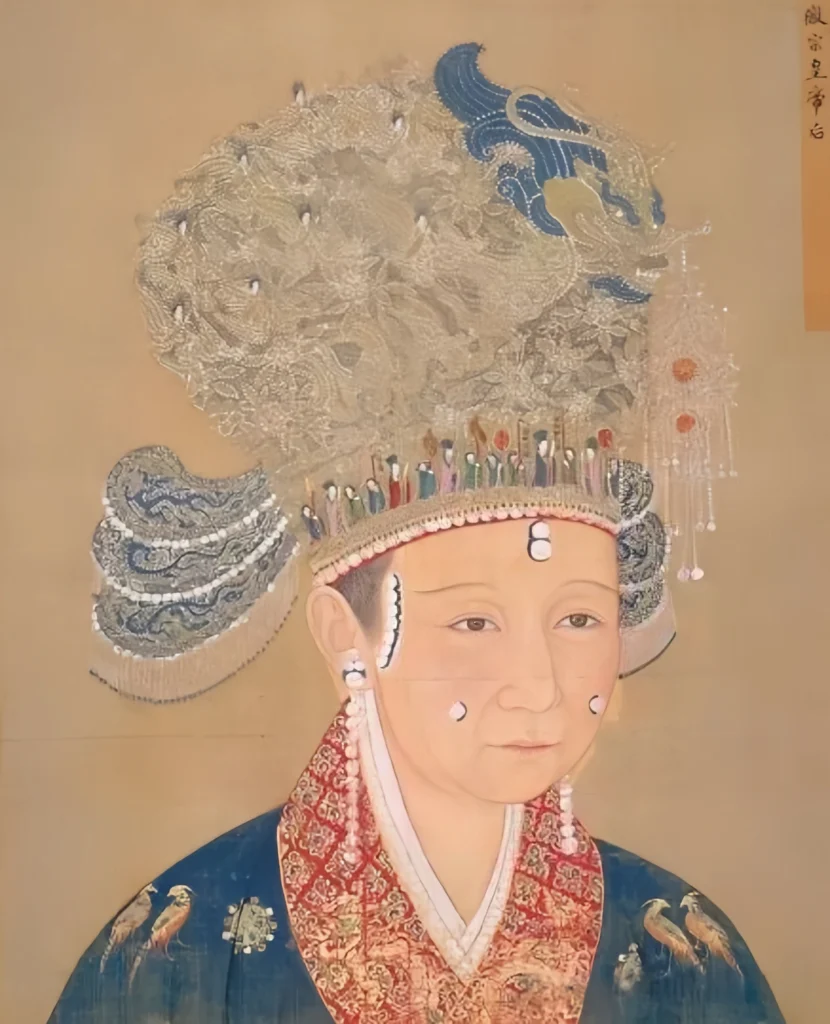

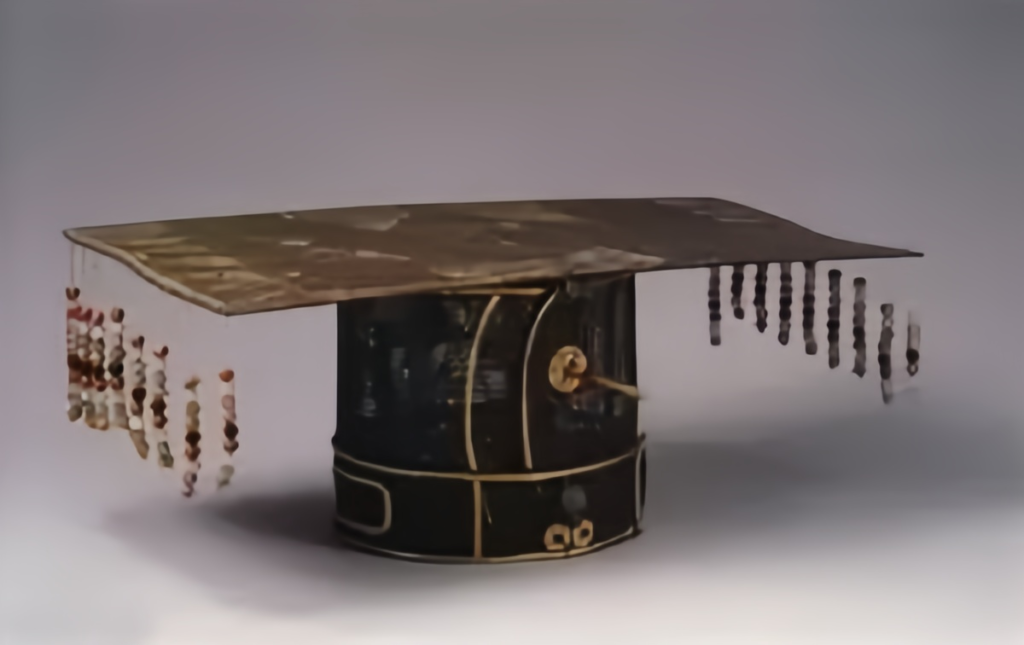


Responses